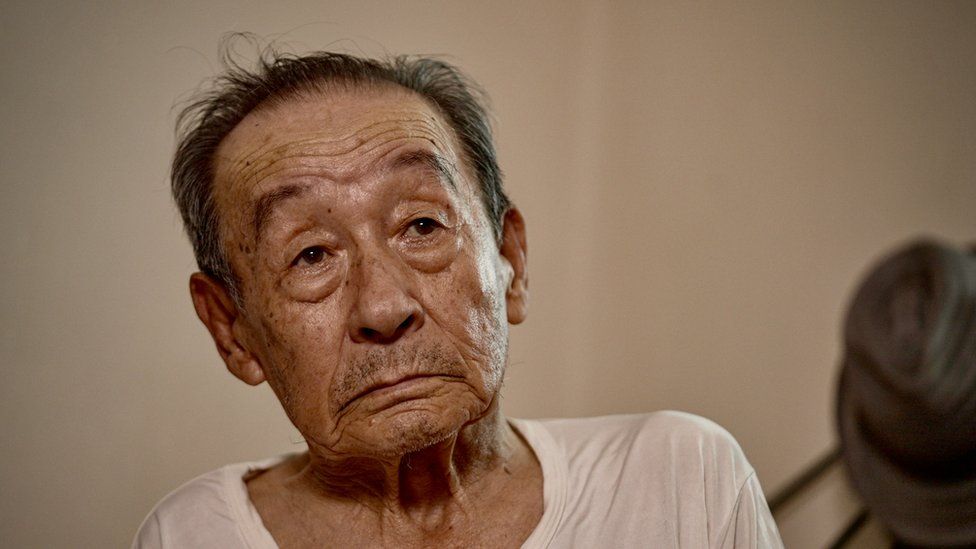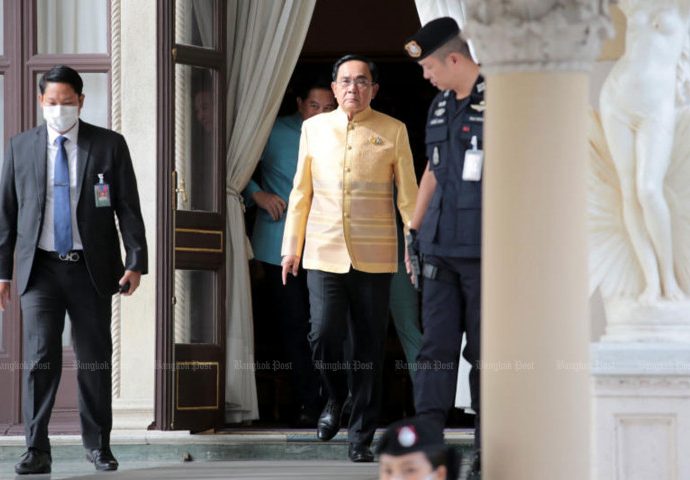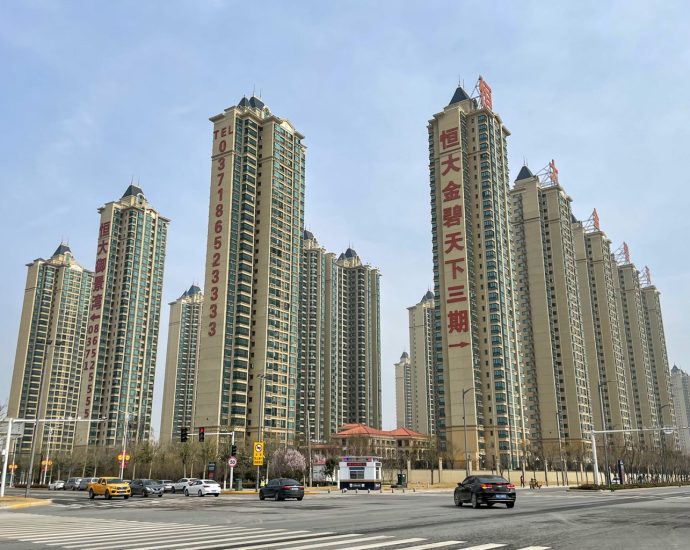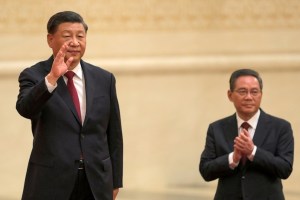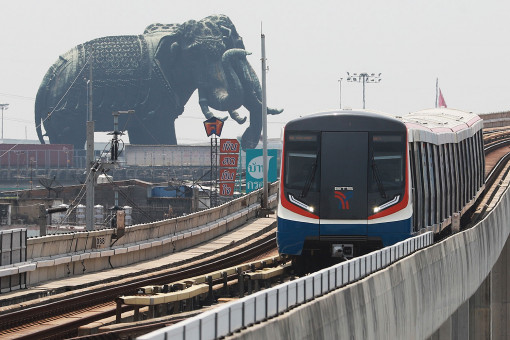South Korea: Man gets 14-month jail term for praising North in poem
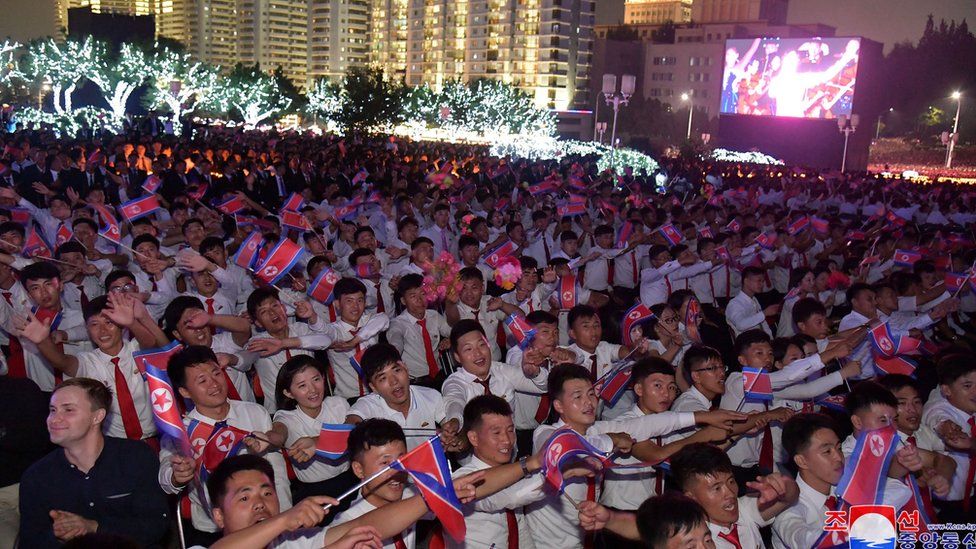 Reuters
ReutersA South Korean court has sentenced a 68-year-old man to 14 months in jail for praising the North in a poem.
Lee Yoon-seop advocated for unification in his piece that was published in the North’s state media in 2016, South Korean media report.
He wrote that if the two Koreas were united under Pyongyang’s socialist system, people would get free housing, healthcare and education.
He was convicted under a law that prohibits public praise of North Korea.
In the piece titled Means of Unification, Lee also argued that in a united Korea, fewer people will take their own lives or live in debt.
The poem was one of the winners of a poetry contest in the North in November 2016.
Lee had been jailed for 10 months in the past for a similar offence, The Korea Herald reported.
In its ruling on Monday, a Seoul court said he “continued to generate and disseminate a considerable amount of propaganda that glorified and praised the North”, the Korea Herald said.
He posted comments online praising North Korea’s military in 2013, while posting anti-state content on South Korean blogs and websites in subsequent years.
South Korea’s National Security Act outlaws the praise and promotion of “anti-government” organisations.
Related Topics
-
-
14 January 2015
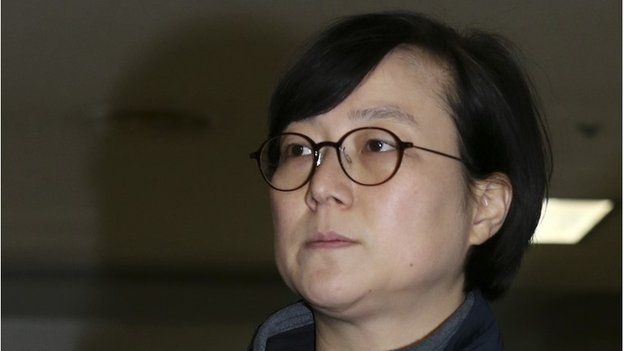
-



